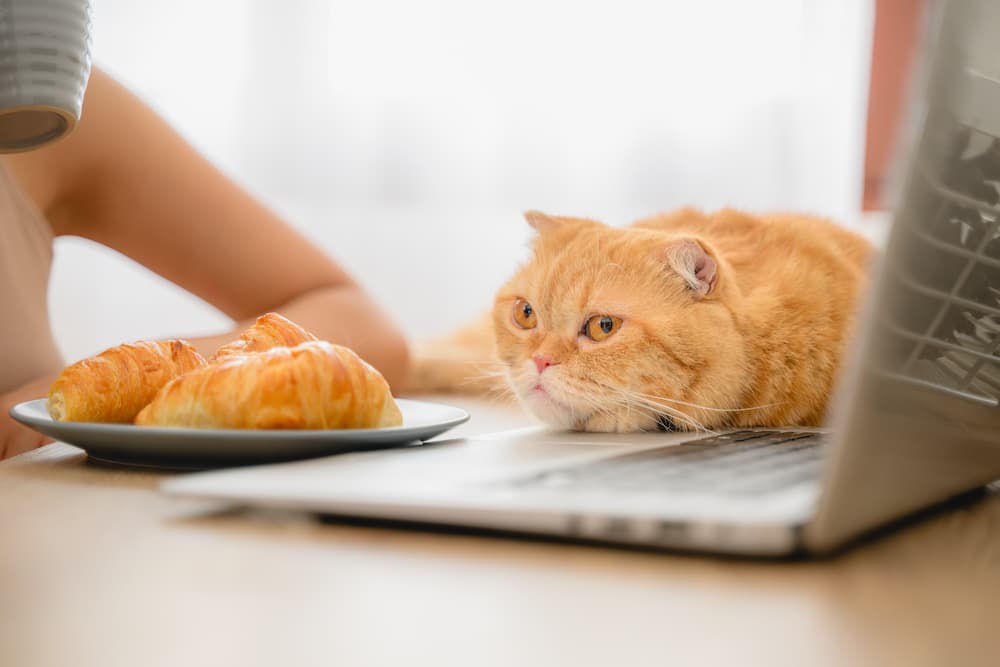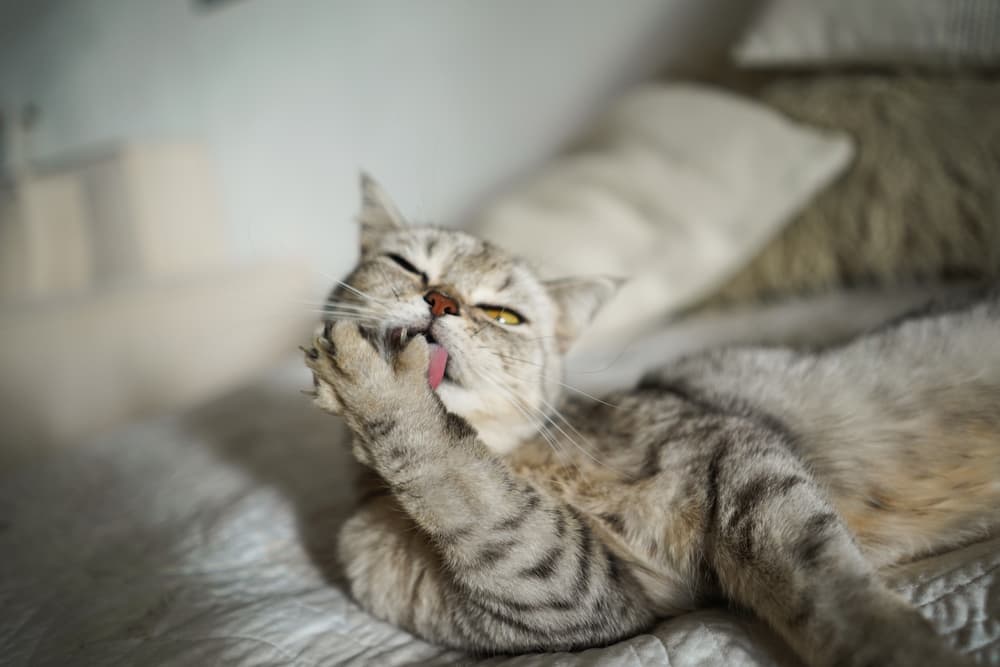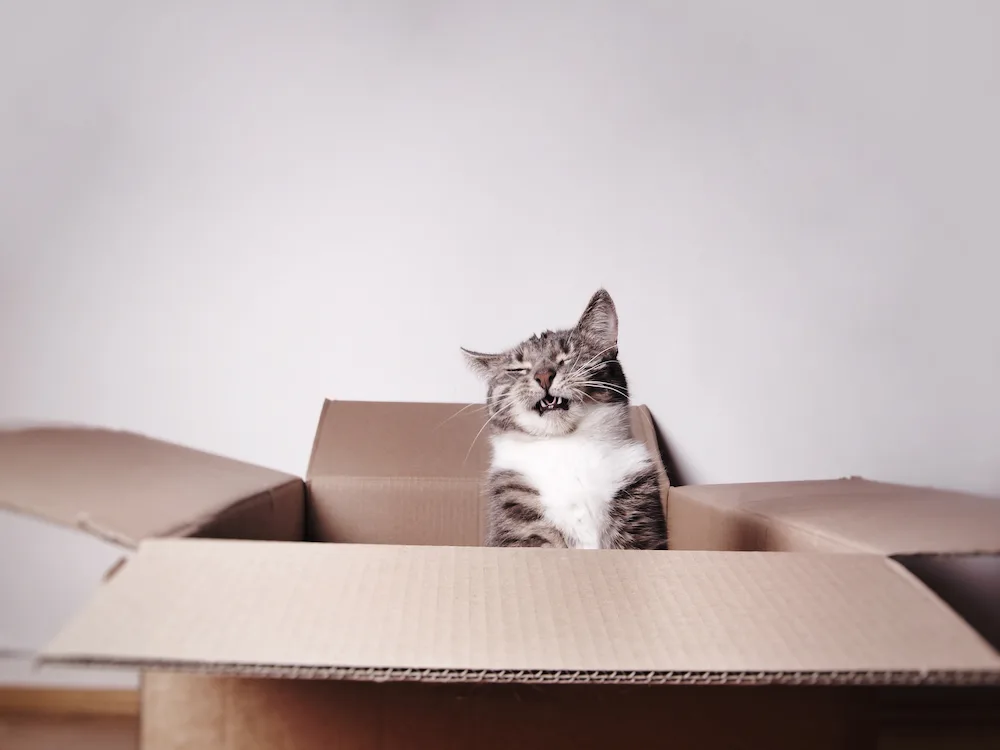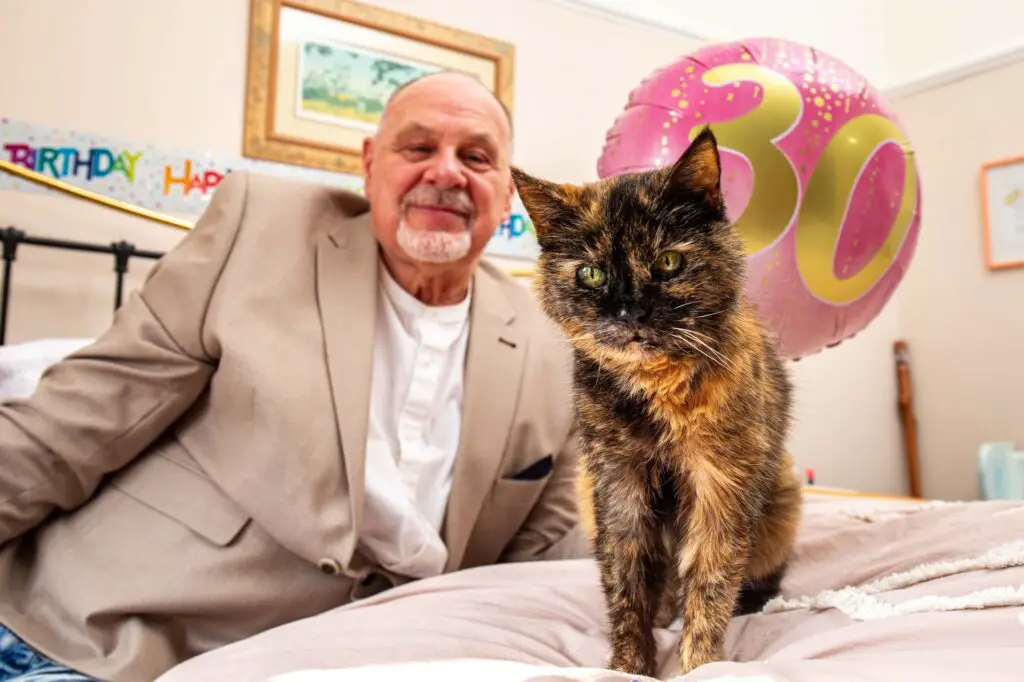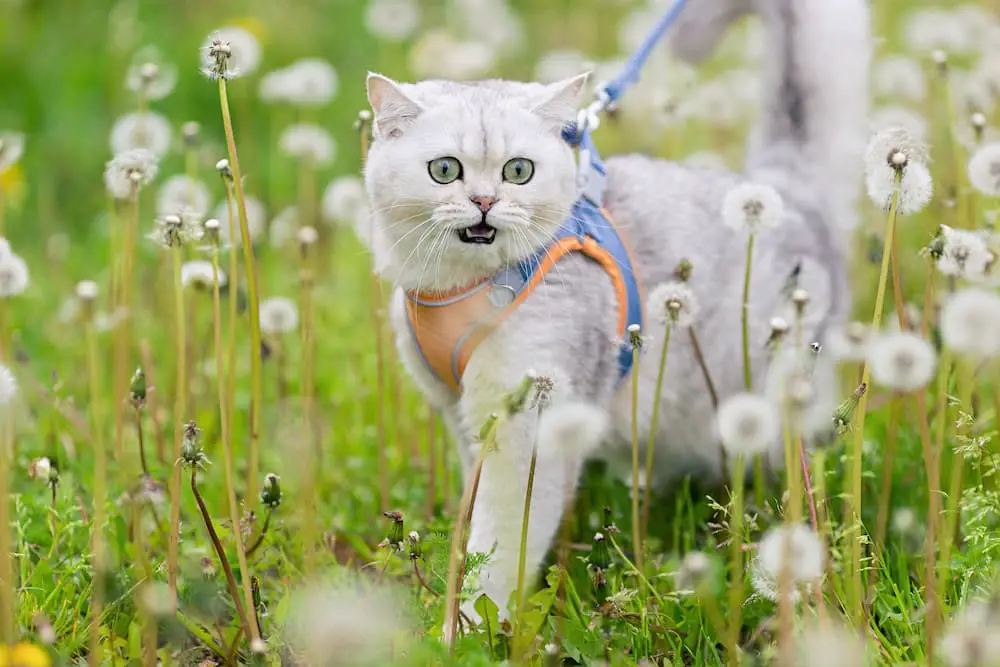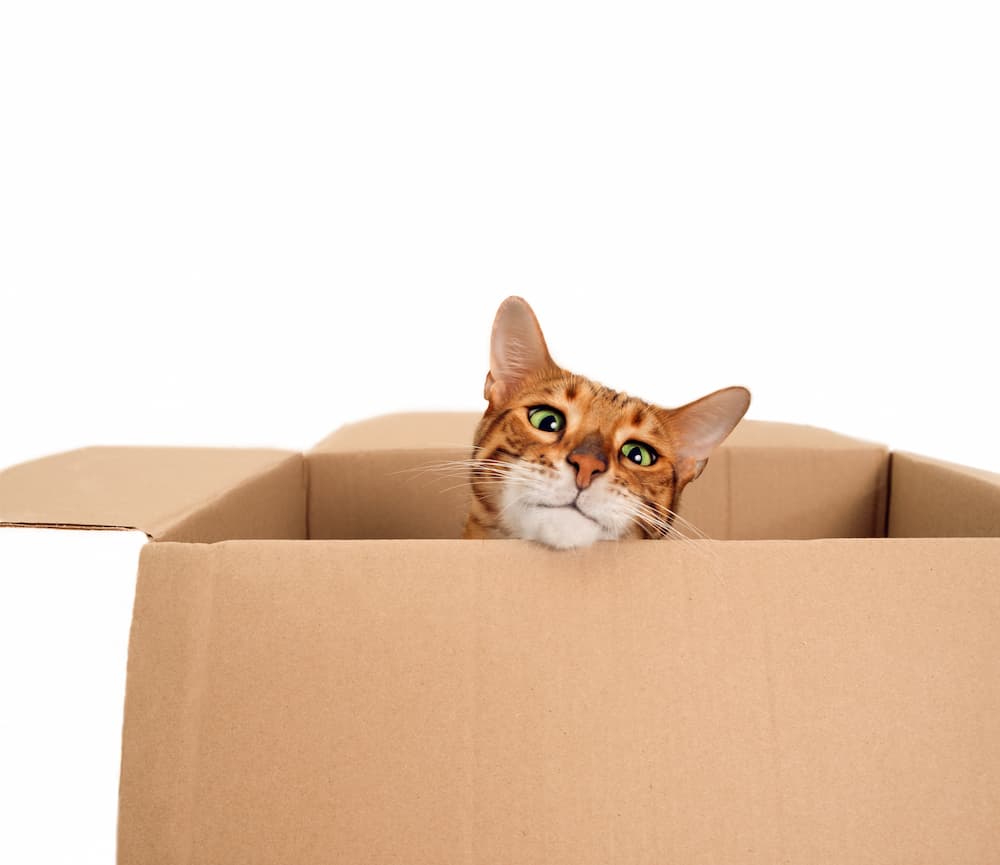For the passionate cat lover, the allure of a chocolate-hued feline is undeniable. Brown cats captivate with their earthy, warm coats that are as rare as they are enchanting. But what makes these brown beauties so rare? In this article, we’ll explore the scarcity of brown-coated cats, the genetics that give rise to their distinctive color, and introduce some of the most beloved brown cat breeds.
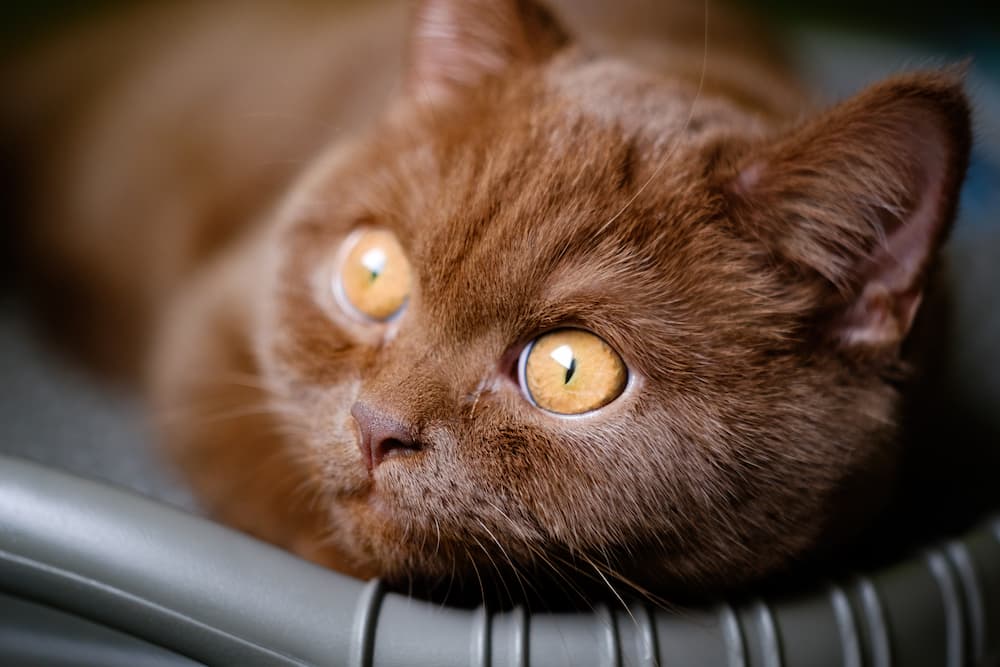
The Rarity of Brown Cats
Walk into any animal shelter or browse a catalog of pedigree cats, and you’ll notice a rainbow of colors, yet shades of brown appear infrequently. Why is this the case? Brown fur, particularly in its rich, deep tone, is less common because of the specific and recessive genetics it requires. The presence of certain pigments and how they are expressed can make the occurrence of a true brown coat quite uncommon.
The Science Behind Brown Cat Color
The coat color of cats is a fascinating result of genetics at play. Essentially, genes act as instructions for the production and distribution of pigments in the cat’s fur. The primary pigments in cat fur are eumelanin (black or brown pigments) and pheomelanin (red to yellow pigments). The combination and intensity of these pigments, influenced by various genes, create the wide range of coat colors observed in cats. Additionally, some genes determine patterns such as stripes, spots, or solids, further adding to the diversity of feline appearances. Specific mutations or combinations of genes can suppress or enhance these pigments, leading to the rarity of certain colors, including the coveted brown coat.
When it comes to the brown coat color in cats, it is primarily determined by a gene that affects the type and distribution of eumelanin. This gene, when present in its recessive form, allows for the dilution of the black pigment to a softer, lighter brown. Another gene may influence the depth and richness of the brown, leading to variations from light cinnamon shades to deep, chocolate hues. These genetics work together to produce the lush, brown fur that is seen in only a handful of cat breeds. Due to the recessive nature of these genes, both parent cats must carry the gene for the possibility of producing offspring with a brown coat, which is a rare occurrence in the vast genetic pool.
Popular Brown Cat Breeds
While brown cats are undeniably rare, there are a few breeds that boast this enchanting color more frequently than others. These breeds, with their distinct personalities and striking brown coats, hold a special place in the hearts of cat enthusiasts around the world. In the following section, we will introduce some of the most popular brown cat breeds, exploring their origins, characteristics, and why they might just be the perfect companion for those drawn to the allure of chocolate-hued felines.
Burmese
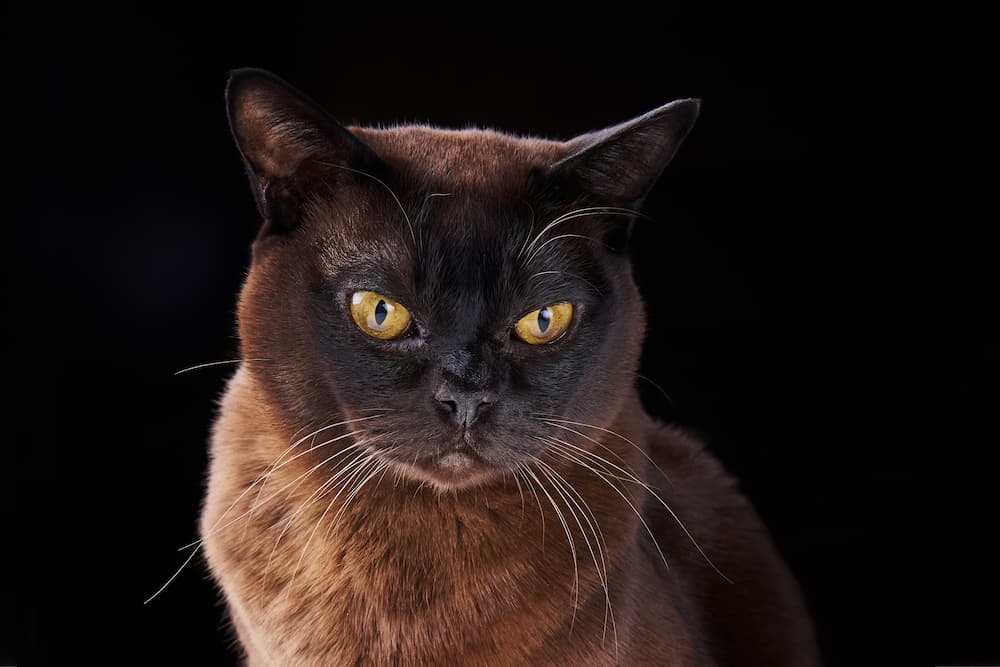
The Burmese cat, with its sleek, glossy coat and deep, chocolate-brown color known as “sable,” is one of the most enchanting breeds that exhibit the rare brown coloring. Originating from Burma (modern-day Myanmar), they were brought to the United States in the early 20th century and have since become beloved pets for their affectionate nature and striking appearance. Burmese cats are renowned for their outgoing and friendly personalities, often described as “dogs in a cat’s body” due to their tendency to follow their owners around and their need for interaction. They possess a strong desire for companionship, making them excellent family pets. The breed is also known for its muscular, compact body, large expressive eyes, and short, smooth coat that requires minimal grooming. Beyond their physical allure, Burmese cats are intelligent, playful, and known to vocalize their opinions in a soft, sweet voice, adding to their immense charm and solidifying their status as a favorite among cat lovers.
Havana Brown
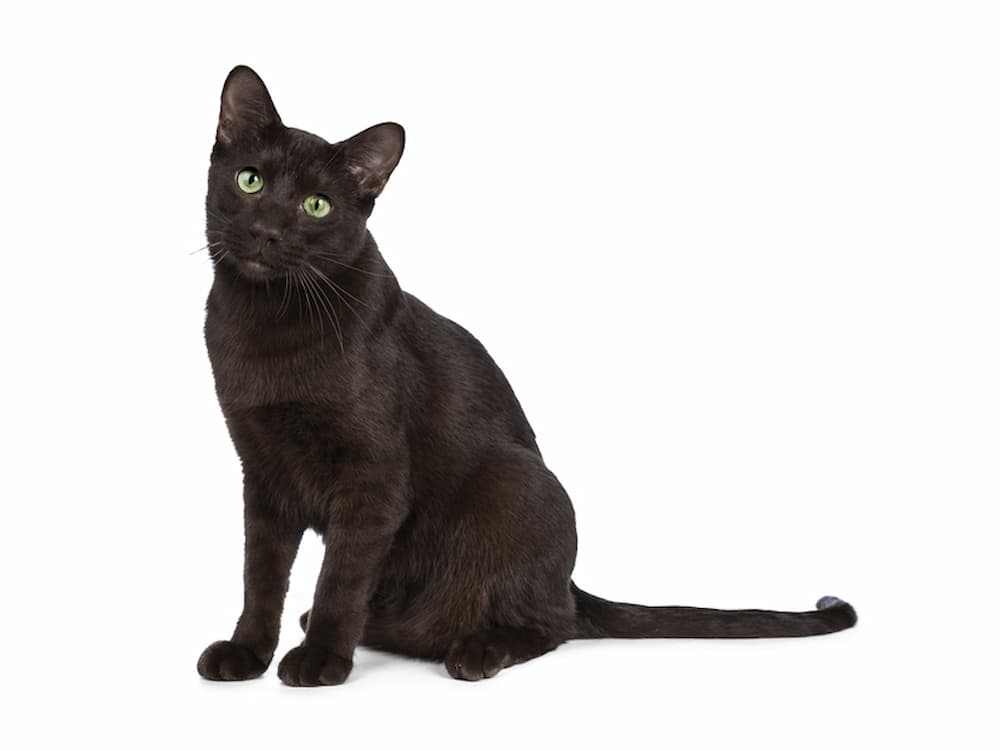
The Havana Brown, another gem among the brown cat breeds, stands out with its rich, mahogany-colored coat and striking green eyes. This breed’s history is as unique as its appearance, emerging in the 1950s in England through a deliberate breeding program that crossed Siamese cats with domestic black cats, aiming to create a cat with a solid brown coat and a distinctive Siamese build. Havana Browns are known for their playful yet affectionate nature, often forming strong bonds with their human companions. They are moderately active cats that enjoy interactive play and cuddle time alike, showcasing a perfect balance of energy and calmness. With their sleek, medium-sized bodies and slightly longer than wide heads adorned with large, forward-tilted ears, they possess an elegance that captivates all who meet them. Their sociability, intelligence, and loving disposition make them a delightful addition to any family, ensuring their place as a cherished breed among cat aficionados.
York Chocolate
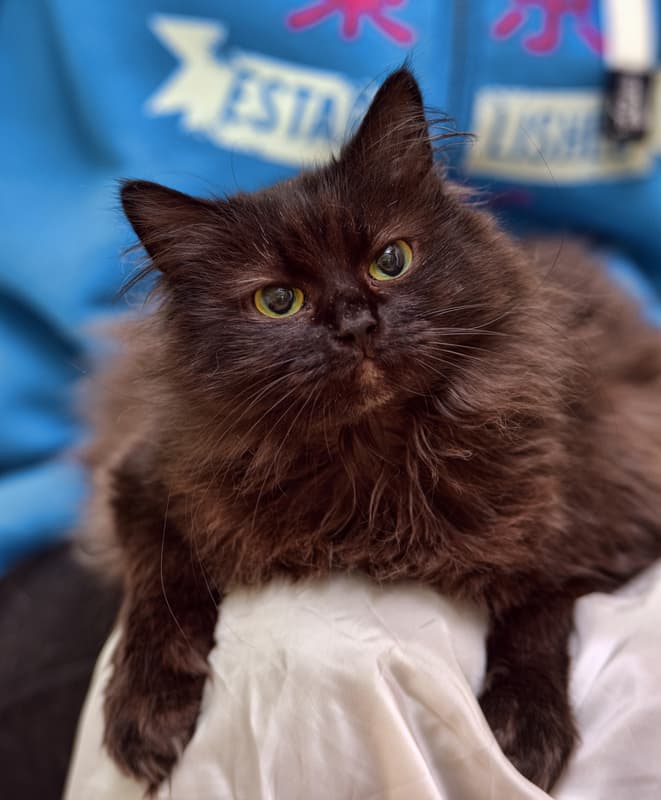
Emerging in the 1980s in New York State, the York Chocolate cat is a relatively new entrant in the world of brown cat breeds, with its luscious, long chocolate to lavender-colored coat setting it apart. Named after the state and the York Peppermint Patty for its sweet nature and rich coloring, this breed was discovered accidentally from a litter of farm cats. The York Chocolate boasts a friendly and affectionate temperament, with an inclination for lap-sitting and a playful demeanor well into adulthood. These cats are recognized for their keen intelligence, often demonstrating their curiosity by exploring their surroundings or learning new tricks. They possess a semi-long to long, silky coat that requires regular grooming to maintain its luxurious texture. With a sturdy, muscular build and a graceful walk, York Chocolates carry an air of elegance. Their sociable and loving nature makes them excellent companions, marking them a beloved choice for families and individuals alike.
Devon Rex
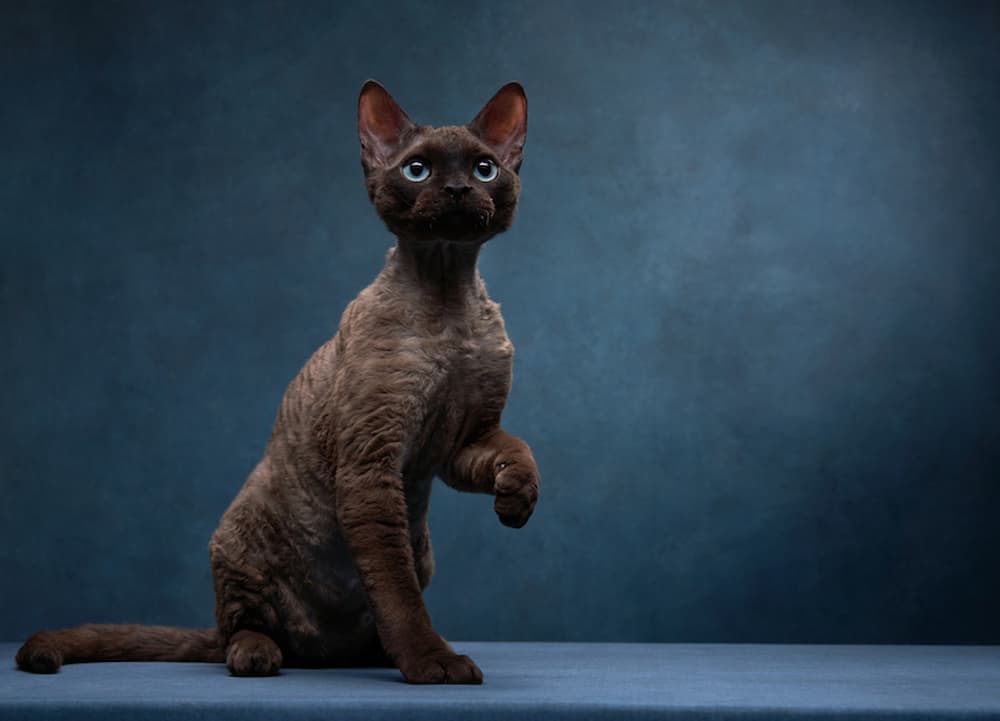
The Devon Rex, with its distinctive appearance characterized by large, bat-like ears, a short and curly coat, and an elfin face, stands out among the cat breeds for more than just its looks. Originating in Devonshire, England, in the 1960s, this breed emerged from a spontaneous mutation, leading to its unique coat texture and playful demeanor. Known as “the pixie of the cat world,” the Devon Rex is highly affectionate, enjoying being close to its human family members and often seeking warmth by snuggling under blankets or perching on shoulders. These cats are known for their mischievous and intelligent nature, showing a keen interest in engaging with their surroundings and their people, making them excellent companions. Their low-shedding, curly coat also makes them a viable option for individuals with mild allergies. Lively, lovable, and with a penchant for learning tricks, the Devon Rex encapsulates the essence of feline curiosity and attachment, making it a cherished pet in households worldwide.
British Shorthair
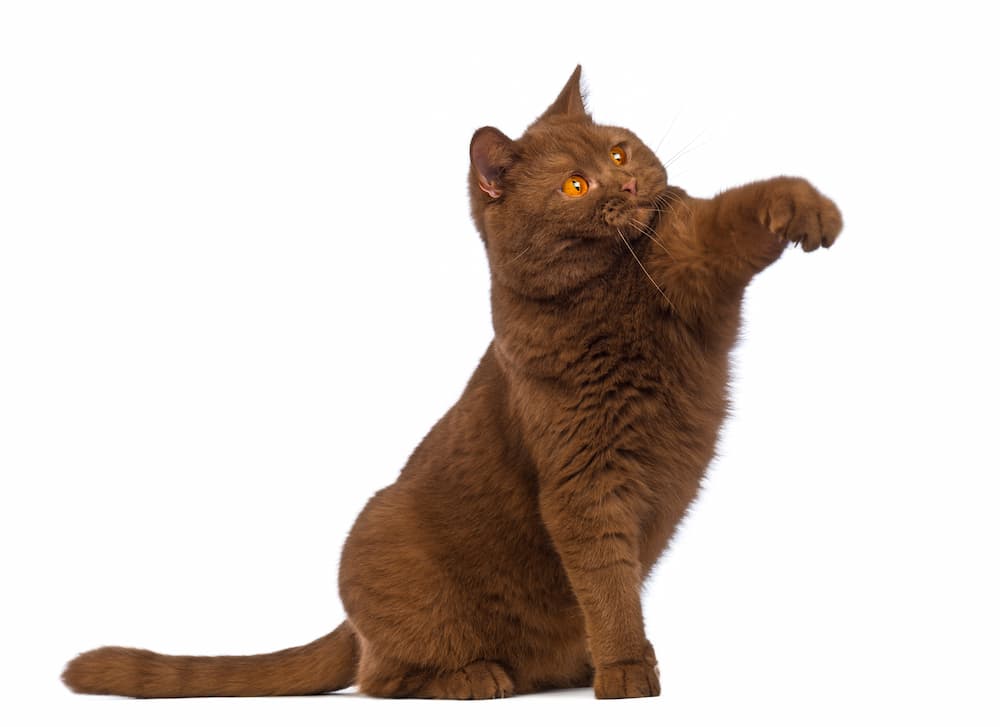
The British Shorthair, an iconic breed renowned for its dense, plush coat and round, expressive eyes, is a staple in the world of cat enthusiasts. This breed traces its ancestry to the domestic cats of Rome, making it one of the oldest identifiable cat breeds in the world. Known for their sturdy build and calm demeanor, British Shorthairs are often referred to as the “gentle giants” of the feline kingdom. They possess a laid-back personality that makes them excellent indoor companions, content with simply lounging next to their human family rather than demanding constant attention. Despite their reserved nature, they form deep bonds with their owners and are known to be exceptionally patient and affectionate, particularly toward children. Their thick, luxurious coat comes in a wide variety of colors, but it is the classic British Blue—a solid grey-blue coat with copper eyes—that remains the most iconic. The combination of their historic lineage, robust health, and amiable personality solidifies the British Shorthair’s status as a beloved pet across the globe.
Conclusion
While they might not be the most common sight, brown cats are indeed a cause for celebration among cat enthusiasts. Their rarity only adds to their mystique, and their genetic backstory fascinates those interested in the wonders of feline biology. If you’re fortunate enough to welcome one into your home, you’ll find that these charming chocolate-coated companions bring a warmth and uniqueness as inviting as the color of their fur.
The Catington Post is reader-supported. That means, if you make a purchase through links on our site, we may earn an affiliate commission. All images and names which are not the property of The Catington Post are the property of their respective owners.

